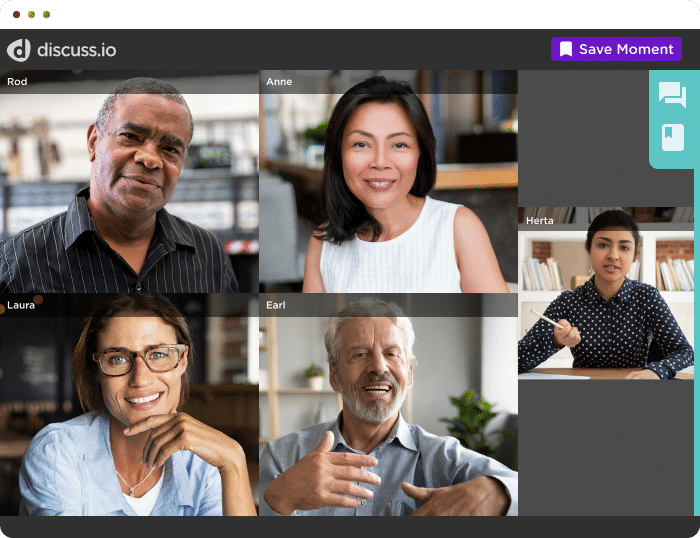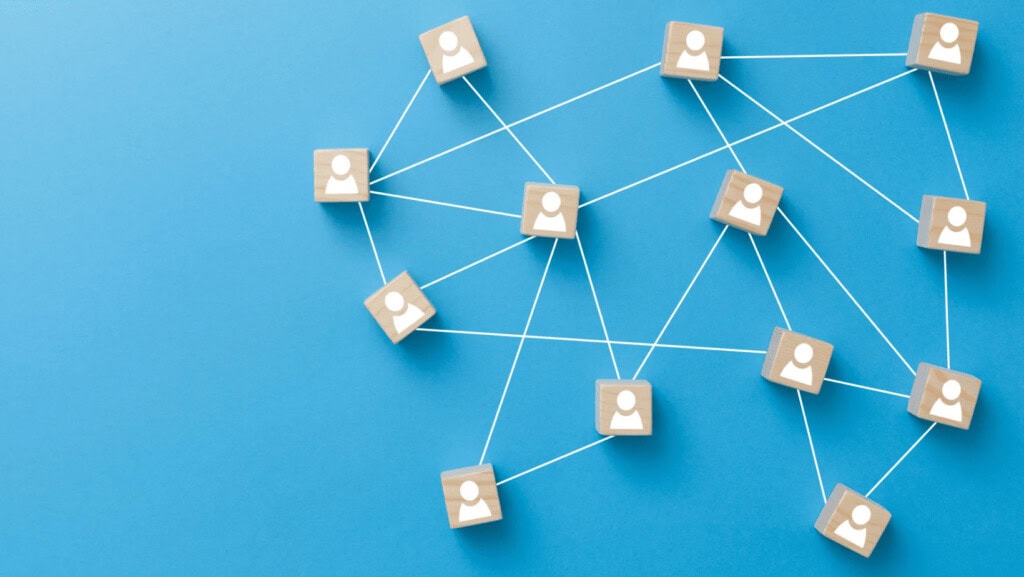Beyond the Numbers: Brands Must Understand the Culture Guiding the Consumer Experience

Research is essential to the success of any brand. Both before and after going to market with new products, brands must sift through multiple layers of consumer data. Modern brands are inundated with customer data as a result—humanity creates 2.5 quintillion bytes of data daily, and that pace is only increasing.
But how well do brands understand the context of that data? Marketers, customer service teams, and product developers must remember the underlying role culture plays in consumer decision-making and loyalty. As building relationships in digital environments becomes more culturally relevant to normal people, brands must do more to understand the “Why?” of consumer behavior and do the same.
What defines us as human dictates consumer habits
Even as technology becomes increasingly present in our lives and we continue to innovate, the basic characteristics that define us as humans remain. Consumers are much more complicated than the typical customer journey may imply. “The modern path to purchase is as complex as the tech savvy consumer,” according to a Think with Google post. “The level of complexity is enough to keep marketers awake at night.”
Each of us is the sum of our experiences, societal norms, expectations, culture influences, and more, which then inform our perspectives and our actions. And while consumer insights from data can answer the “What?”, “Where?”, and “How?” of consumer behavior, they cannot tell us the underlying cause—data analysis alone cannot sufficiently answer the “Why?” If you want to understand the culture that informs consumer behavior, you have to have a conversation.
In a move to deepen their connections with customers, brands are expanding far beyond their original product-testing mandate. Simply put, brands are trying to understand consumers themselves, not just what traditional research tells them.
Many of these factors have to be understood contextually and culturally, which requires that brands gain a broader understanding of consumers’ lives. This happens at both a societal and individual level, but must begin with conversations. Brands must speak directly with consumers themselves.
How brands can humanize consumer relationships
Even with all the available modern resources for gathering consumer data, understanding consumers remains one of the biggest hurdles for brands. “No matter how sophisticated your segmentation models, how rich your focus group feedback, or how sharp your intuition about what consumers want and when, you must continuously challenge your thinking around consumers in order to stay alive,” Forrester reports.
At Discuss.io, we are noticing a shift in how brands approach consumer research. It’s only through direct conversations with consumers that brands can understand the experiences, societal shifts, cultural influences, and emerging trends that shape the “Why?” of consumer habits. In this way, brands can connect with consumers on fundamental levels. They can generate not just sales, but lasting relationships with their customers.
Once all stakeholders in an organization participate in these connections, a brand can make broader, more effective business decisions informed by the culture that drives consumer behavior. Brands will step away from these conversations with customer insights that will influence the products that they build and the customer-centric campaigns they launch.
How can we enable brands to engage in these conversations?
Talking directly to consumers is not a widely practiced approach, because traditional “voice of the customer” techniques are expensive and time-consuming. Fortunately, we live in a digitally connected world—the affordability and scalability of digital tools have created opportunities that didn’t exist before. Brands on the cutting edge of innovation are now able to leverage all that digital technology has to offer and scale their conversations with consumers.
As technologies continue to become more robust, brands are shifting typically offline practices—such as conducting research in person or in focus-group facilities—online, connecting to them quickly and at a lower cost. Using ubiquitous technologies and tools like webcams, web browsers, WebRTC, VoIP, social media, and natural language processing (NLP), brands can dramatically amplify the research process. The technology’s simplicity reduces the learning curve and increases adoption within the organization, giving brands more opportunities to connect with consumers.
Build real customer connections using Discuss.io
These technologies are available today. At Discuss.io, we enable brands to connect with consumers face-to-face, online, in order to achieve a rapid and deep-seated understanding of their perspectives and behaviors. This enables brands to make better real-time decisions, leading to reduced time-to-market, more effective marketing, and successful products.
Discover how your organization can build agile empathy and better understanding of your consumers. Start a conversation with us today.
Ready to unlock human-centric market insights?
Related Articles

Enhance Customer Interactions Using Cutting-Edge Customer Experience Software
CX software, bursting with various tools and bolstered by careful market research, marks the hallmark for enhancing customer interactions. It…
CX software, bursting with various tools and bolstered by careful market research, marks the hallmark for enhancing customer interactions. It…

3 Ways to Combine Communities with Live Video Qualitative
There is no better combination than peanut butter and chocolate. Salty and sweet join to give you the best of…
There is no better combination than peanut butter and chocolate. Salty and sweet join to give you the best of…

Leveraging Discuss to Harness the Power of Customer Insights
“People don’t buy what you do; they buy why you do it.” ― Simon Sinek, Start with Why: How Great…
“People don’t buy what you do; they buy why you do it.” ― Simon Sinek, Start with Why: How Great…



